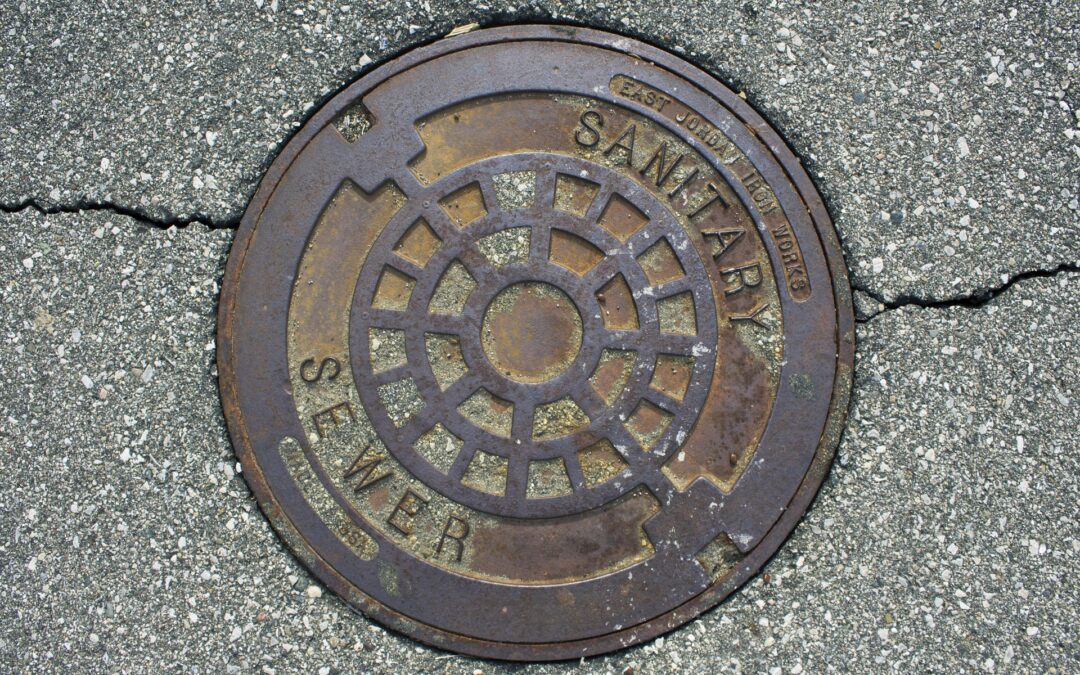It is amazing how often public life suffers because some fairly highly paid individual didn’t pay attention to the details. And because of those faulty details, everyone feels uncomfortable, even if they don’t know why.
That was brought home to me on my drive home tonight. There is a highway that I take on a fairly regular basis that passes through various communities. It is a state route, so one can be excused for thinking that it might have some fairly rigorous standards to meet. Those rigorous standards don’t guarantee that the highway is well-engineered. My main complaint is that for a significant distance covering as many as four different municipal jurisdictions, this highway is pocked by repeated manholes, and all of the manhole covers are situated several inches below the level of the paving. That means, when you hit the manhole cover with your car wheel, the entire car is jolted. More than being jarred, the result of this jolting motion may be damage to your vehicle. A common thread along this highway is that the manhole covers are not in a predictable pattern as you might expect following the line of, say a sewer. Also, they are clustered, so that when you find one, you often find another in about 8 or ten feet, usually offset towards the curb line about 4-5 feet. This means that if you are anticipating the manholes, and trying to avoid them, your car will proceed forward in a rather drunken swerving pattern. That’s not a safe response, but I’m sure that many drivers do it to save their suspension or their alignments. I do not understand why paving companies are not required to level the pavement with the surface of manhole covers to eliminate this annoyance/hazard.
I was on a street earlier today where a new neighborhood sewer system is being installed, and passed a location where a new manhole had just been sunk. I noticed that the top of the manhole cover was a good 4 inches below the level of the current street grade. This suggests to me that either the engineer or the heavy equipment operator that did the installation is not paying attention to details. Correcting for this problem will probably require milling of the entire street to bring the surface down to where the manhole cover has been installed. The contractor for this project spent a lot of effort to cut the existing pavement to try to save it for re-use when they get to the repaving phase. That effort cost a lot of money in the form of labor, so it will be a lost investment when they have to mill all the pavement to correct the elevation of that manhole cover. Will they go the extra mile and create a level pavement surface? Somehow, I doubt it.
There is a You Tube channel that I’ve been enjoying recently that looks at community development and traffic issues from a bicycle rider’s perspective. The author spends a lot of time discussing street design and engineering in the Netherlands. One of the major tenets of his videos is that Dutch road and street designers spend a lot of effort to slow down motor vehicle traffic in any location where cars might come in contact with pedestrians and bicyclists. His main point is that promoting pedestrianism and bike riding has the effect of making Dutch cities and towns more livable and vibrant, with stronger local economies. In the Netherlands they also invest in bikeways to separate pedestrian traffic from bicycles, resulting in a tremendous reliance in the Netherlands on bikes for regular travel, commuting, etc. While the sunken manhole covers of my frustrating drive home do have the practical impact of slowing traffic, they also increase the likelihood of drivers swerving all over the highway to avoid the impact of those road divots. I’d hazard a guess that the swerving drivers strike an element of fear into any nearby bike riders or pedestrians. This has exactly the same impact on bike on pedestrian usage as the high automobile speeds that the author of the You Tube series bemoans.
I mention this because Details Matter. We, as taxpayers footing the bills for street repaving, have the right to expect that the work we are paying for will be done well. That the improvements will have added value to our homes and communities. I doubt that these ill-formed details such as sunken manhole covers happen due to intentional malice. I do think that they happen because the folks doing the designing and engineering haven’t thought through what the impact of their work will be on the folks that will be dealing with those designs daily for years to come. Those designers aren’t thinking about how many vehicles will be hitting those manhole covers every hour, causing them to clang and rattle. And how many residents in nearby homes will have their sleep disturbed, AGAIN. Those designers aren’t thinking about how the street noise will affect the resale value of the homes nearby, reducing the value of the properties both in terms of the equity that the family can build, but also the value of those homes to the municipality’s tax base. When these details are multiplied by the thousands of times that they occur, the macro economic impact can be extreme.
Given that so many of the pros are not paying attention to these details, it is up to us to be vigilant about getting them right. Go to your transportation planning meetings, or public hearings about new infrastructure installation, and make sure that the engineers know that you will be looking for a quality end product. It is your money that is being spent, and your investment that is being impacted. Let ‘em know you are watching.
The Curmudgeon
